Meta Description: Explore how traditional musical instruments shape global cultures. Discover the power of music through unique sounds from every corner of the world.
1. Sitar – The Soul of Indian Classical Music
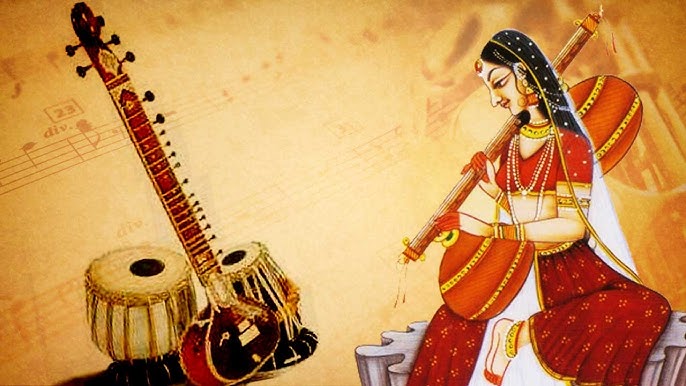
The sitar is a plucked string instrument originating from India. It’s synonymous with Indian classical music and has influenced global sounds, including psychedelic rock in the 1960s. Its melodic tones reflect centuries of spiritual and artistic tradition.
2. Djembe – Africa’s Rhythmic Heartbeat
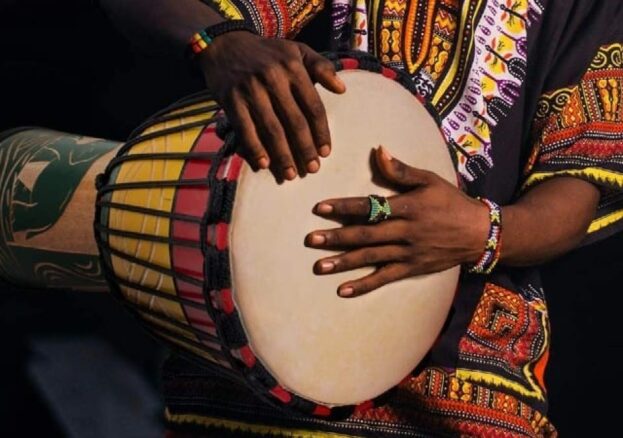
Originating in West Africa, the djembe is a hand drum known for its deep bass and crisp tones. It plays a central role in African communal life, where music is a tool for storytelling, celebration, and spiritual expression.
3. Bagpipes – The Voice of the Scottish Highlands

Bagpipes are strongly associated with Scotland but also appear in cultures across Europe and the Middle East. This iconic wind instrument adds a distinctive voice to Scottish music, used in both military and ceremonial settings.
4. Erhu – China’s Two-Stringed Violin

The erhu is a traditional Chinese bowed instrument, sometimes called the “Chinese violin.” With just two strings, it produces expressive, hauntingly beautiful music that’s deeply rooted in Chinese folk and classical traditions.
5. Didgeridoo – Ancient Sounds from Australia
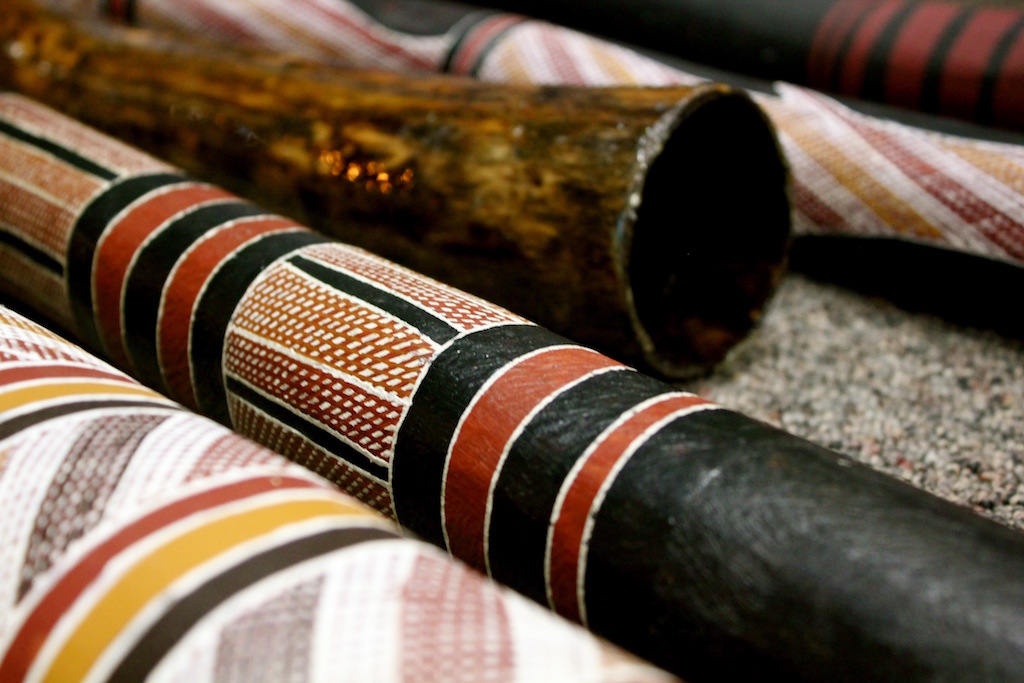
The didgeridoo is a wind instrument developed by Indigenous Australians. Known for its deep drone, it’s used in ceremonial music to mimic natural sounds and connect to the spiritual world. It dates back over 1,000 years.
6. Oud – The Middle Eastern Lute
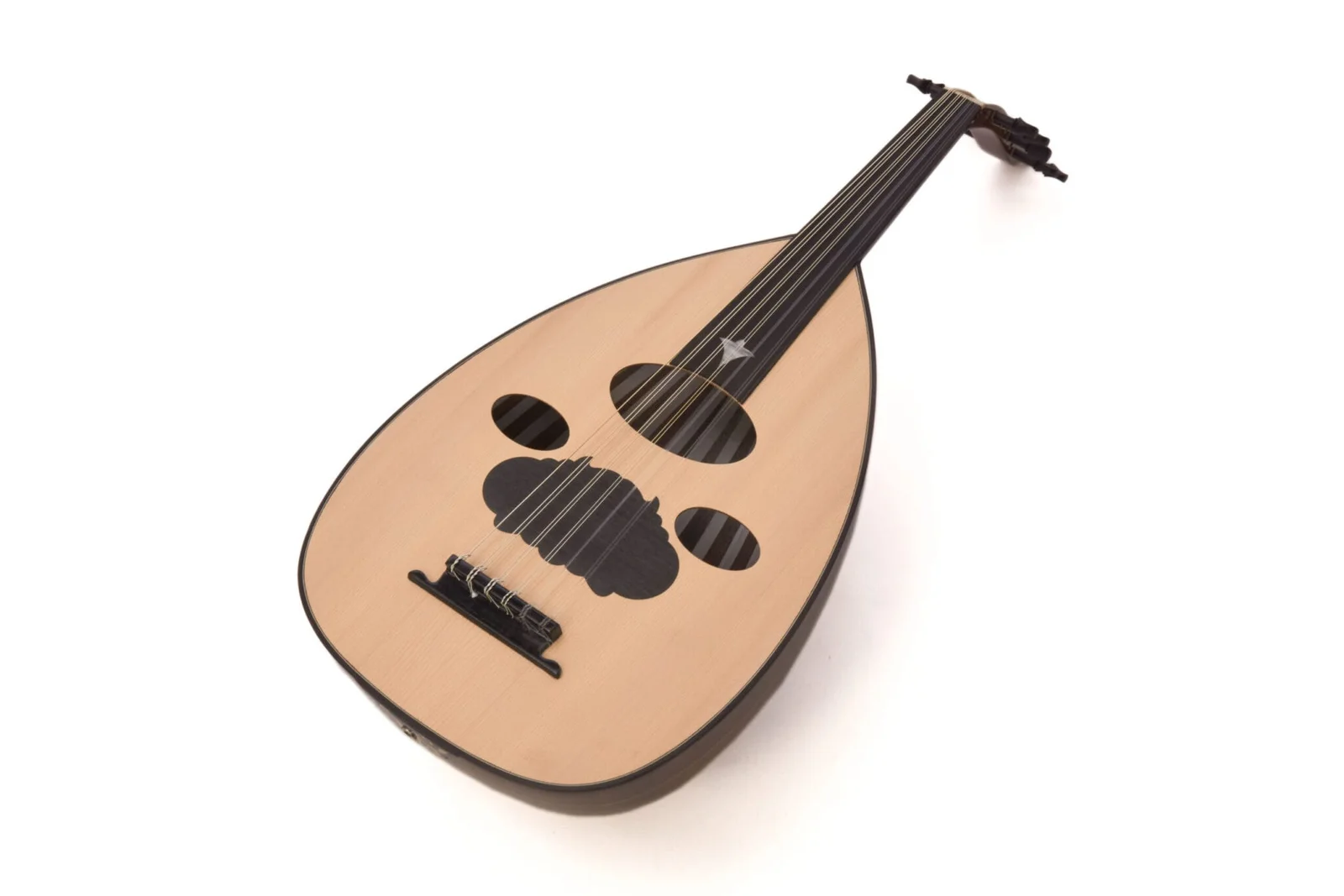
The oud is a pear-shaped string instrument used in Arabic, Turkish, and Persian music. Its warm, resonant tones are central to classical Middle Eastern compositions, often accompanying poetry and dance.
7. Pan Flute – Melodic Winds of the Andes
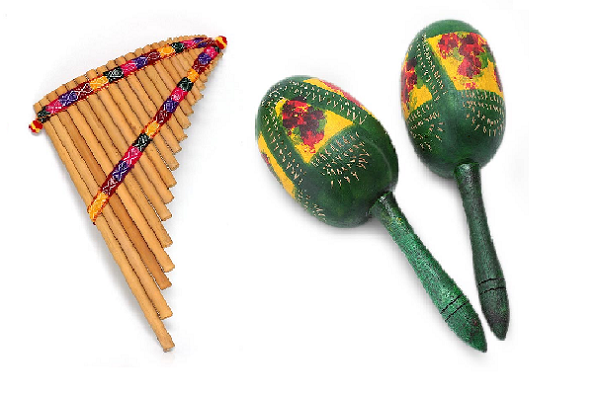
Used by Indigenous cultures in the Andes, the pan flute features bamboo pipes of varying lengths. It produces airy, peaceful music and is a key part of traditional South American festivals and rituals.
8. Balalaika – Russia’s Folk Charm
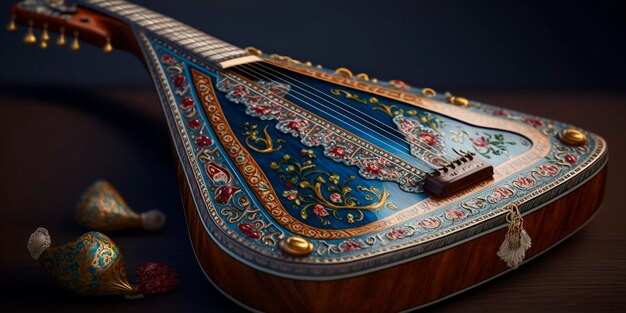
With its triangular body and three strings, the balalaika is iconic in Russian folk music. It’s commonly played in ensembles and dances, symbolizing Russian identity and peasant roots.
9. Taiko Drums – Japan’s Thunderous Tradition
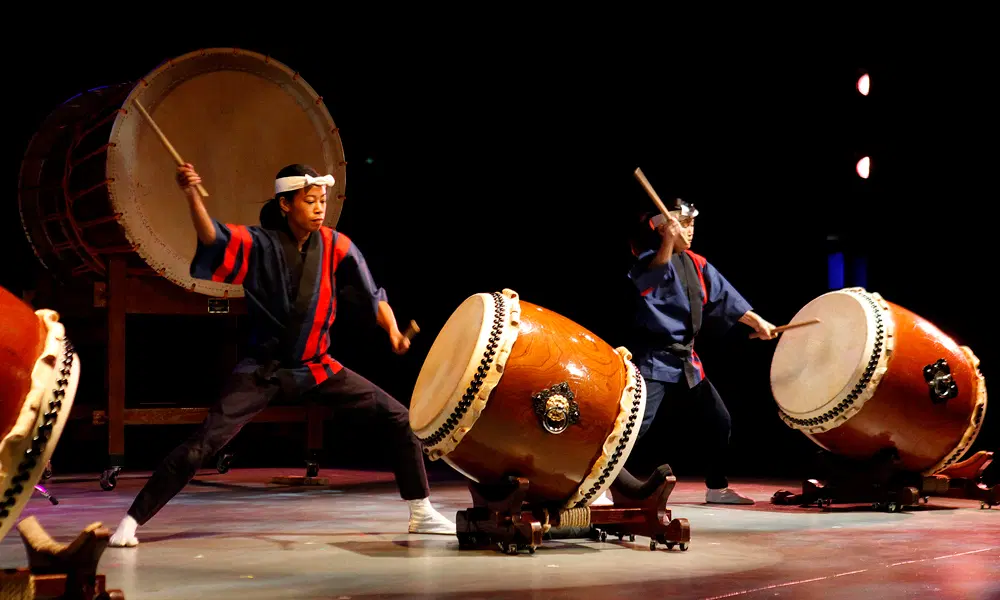
Taiko are traditional Japanese drums used in festivals, rituals, and stage performances. Their booming sound creates dramatic music that’s both visually and acoustically powerful, blending strength and discipline.
10. Steelpan – The Sound of the Caribbean
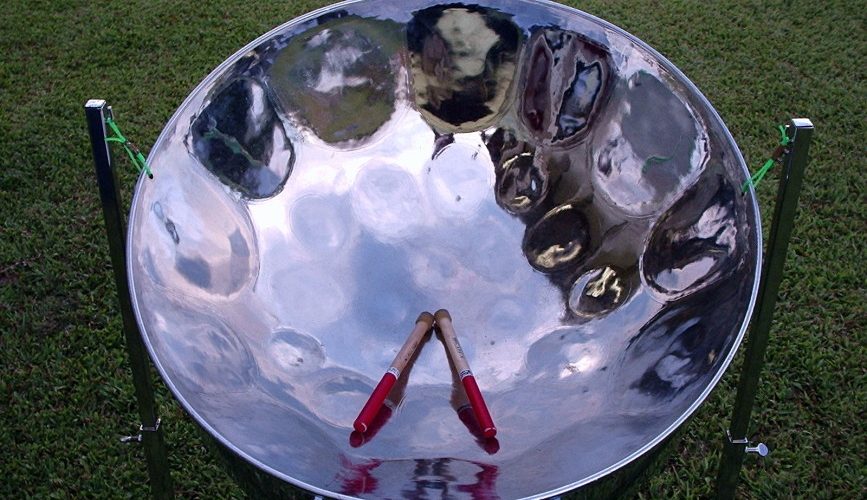
Originating from Trinidad and Tobago, the steelpan is a melodic percussion instrument made from oil barrels. It’s key to Caribbean music and carnival culture, known for its bright, joyful sound.
Conclusion
From the deserts of Africa to the mountains of Peru, traditional instruments tell the story of humanity’s connection to music. Exploring these instruments deepens our appreciation for global culture and how rhythm and melody shape our lives.
Tags: music, world instruments, traditional music, cultural music, global sounds
